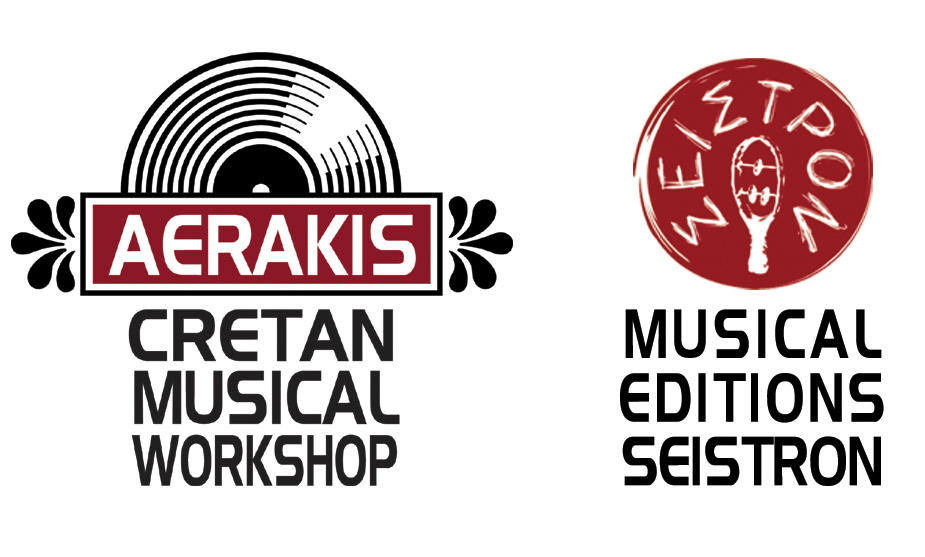Throughout the Aegean area one can distinguish two parallel musical streams. The older, indigenous one, which once dominated the musical life of the islands, is characterised by simplicity on all levels: melodies with a narrow range, a small variety of rhythms, and frequent use of repetition. All this is played in a non-virtuoso manner, mostly on “primitive” instruments with limited possibilities, usually constructed by the musicians themselves. On the other hand there is a newer musical stream, influenced mostly by the Asia Minor tradition: here we find more elaborate tunes, greater variety, instruments constructed and played in a more sophisticated way.
The tsamboúna, an instrument of archaic construction, is probably the most typical of the older-stream instruments. It is a droneless bagpipe with twin double-reed chanters. Through the ages it has played an important role in forming the essential characteristics of the local music of the Aegean. On each of the roughly twenty islands where it is still in use nowadays there are small local variations in its construction, form, sound, repertoire and playing techniques, as well as in the choice of instruments that usually accompany it.
PAROS
1.Balos (dance-song)
2.Sirtos (dance - song)
KALYMNOS
3.“Gialla” (dance – song)
4.“Maroulli” (song)
5.Issos and sousta (dance)
6.Narrative song
KARPATHOS
7.Sirmatiko (song)
8.Song of dance “Zervos”
9.Song of love
10.Pano choros (dance)
CRETE
11.Kontilies of central Crete(instrumental)
12.Kontilies of eastern Crete (instrumental)
13.Agaliastos (old type of dance – song)
14.Prinianos (old type of dance)
15.Pidichtos of Gergeri (old type of dance)
16.Pentozali (dance)
17.Erotokritos (eastern Crete song)
18.Song of Western Crete (Rizitiko)
19.Sirtos (dance)
20.Sirtos (dance)


